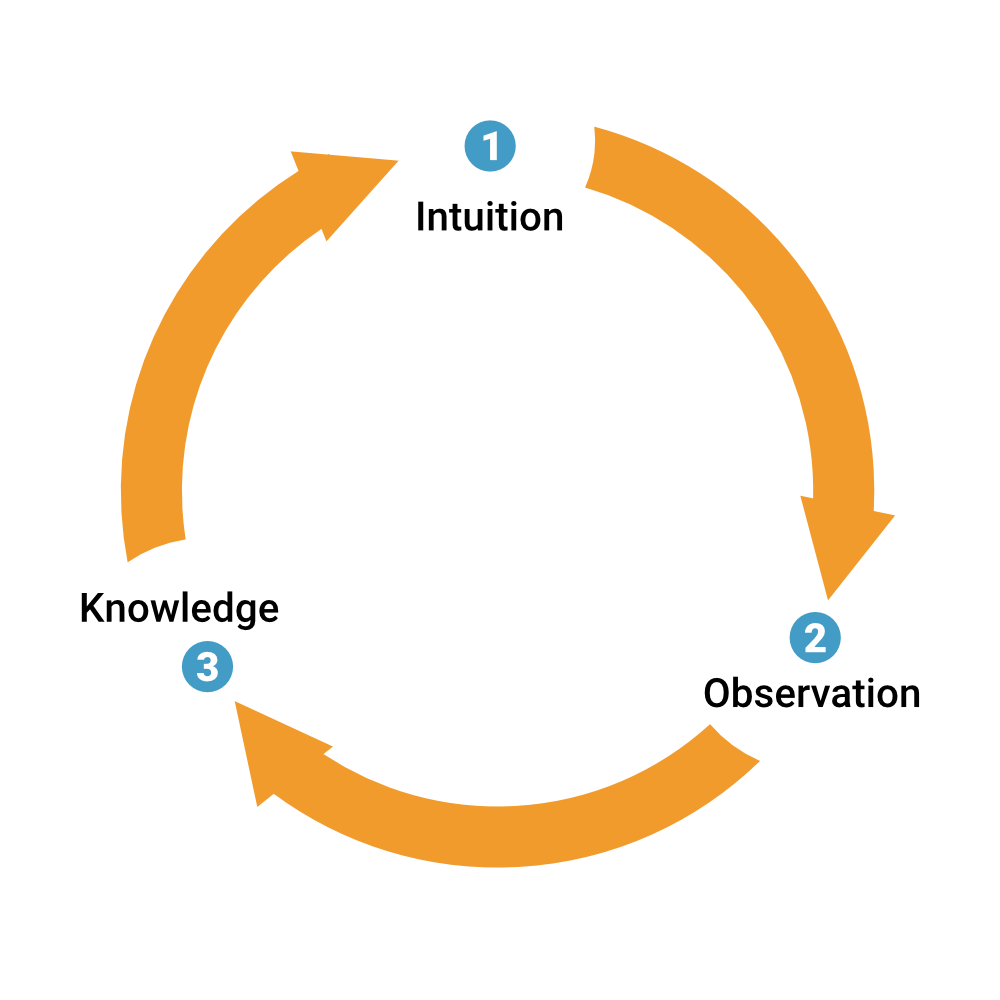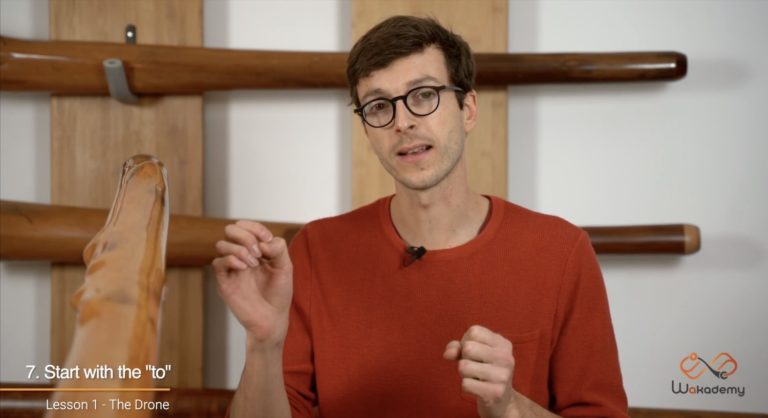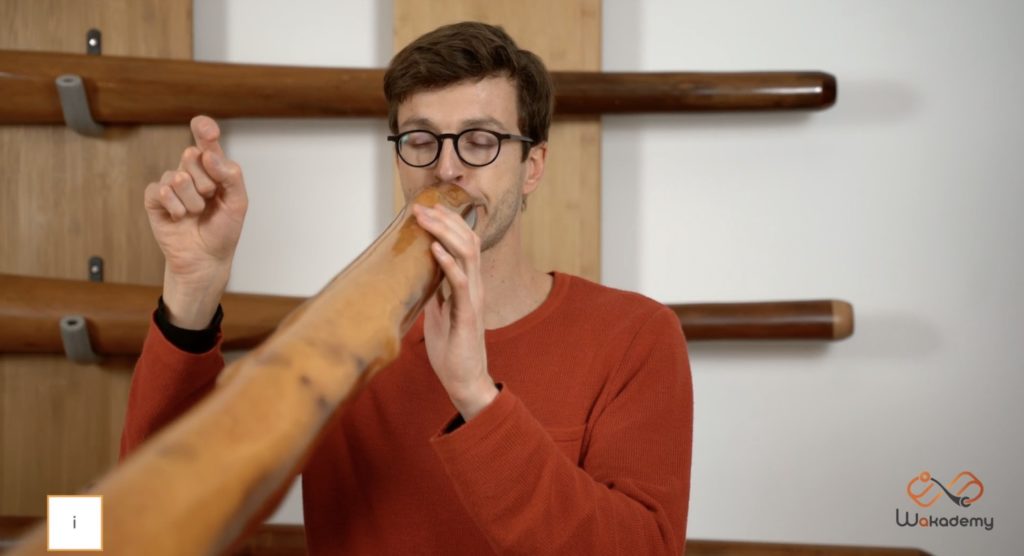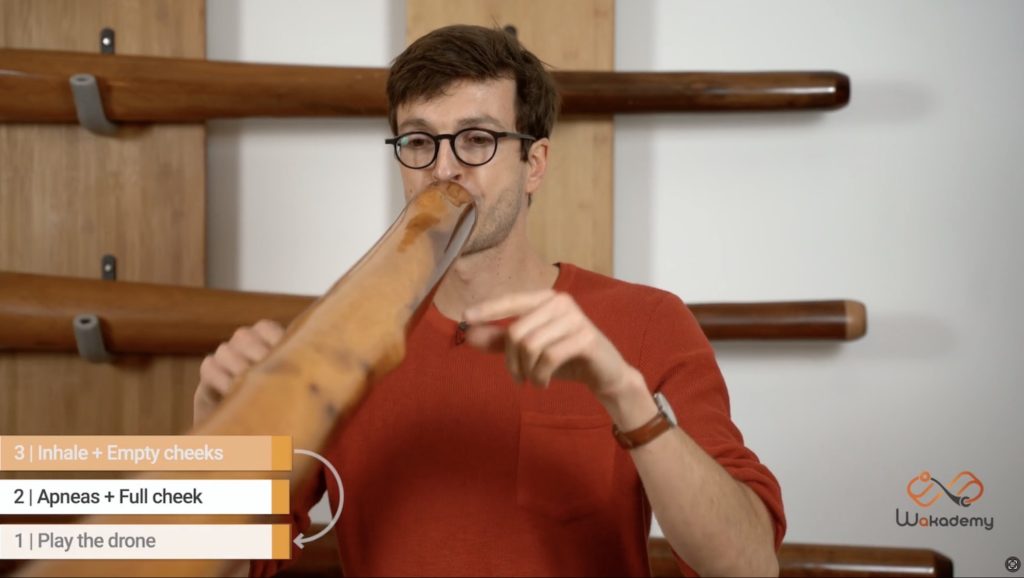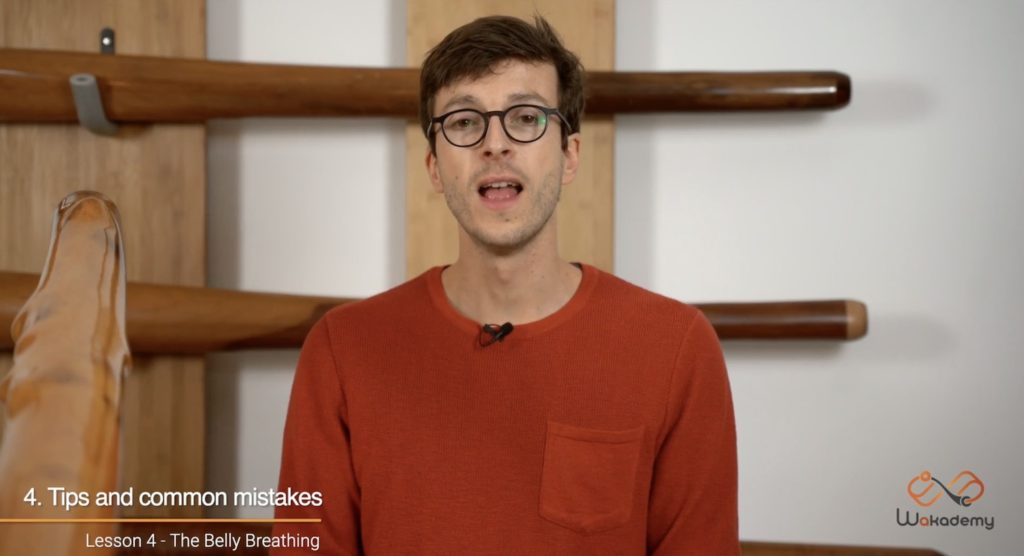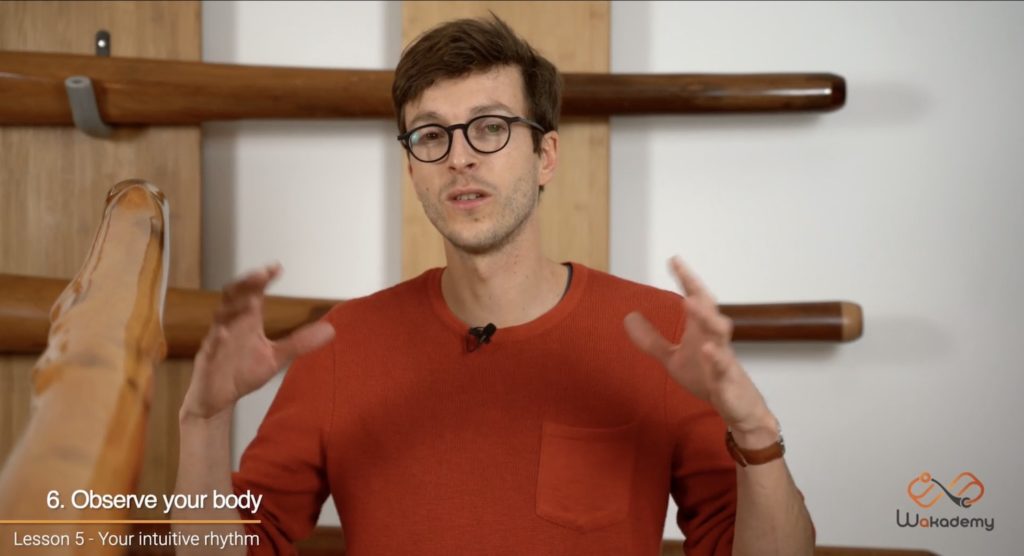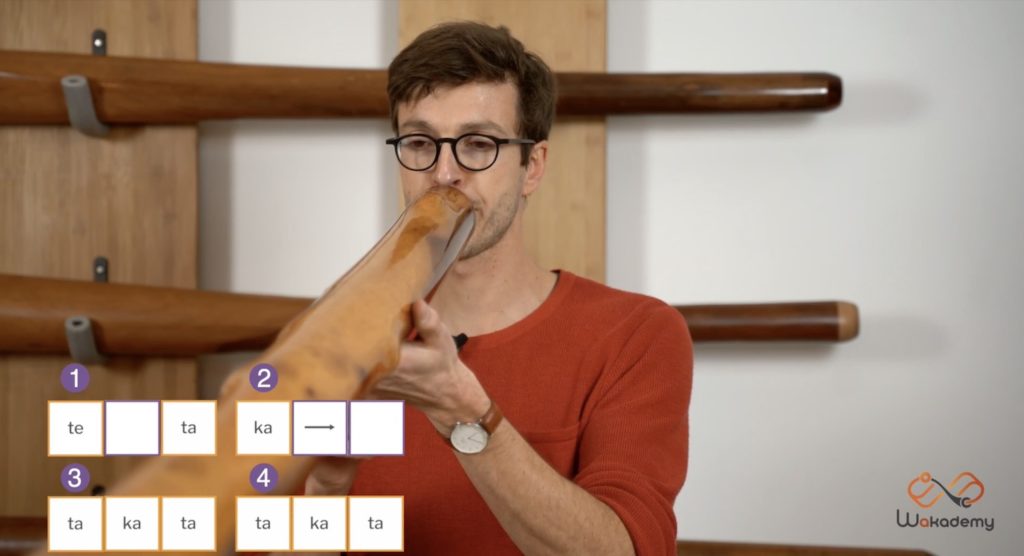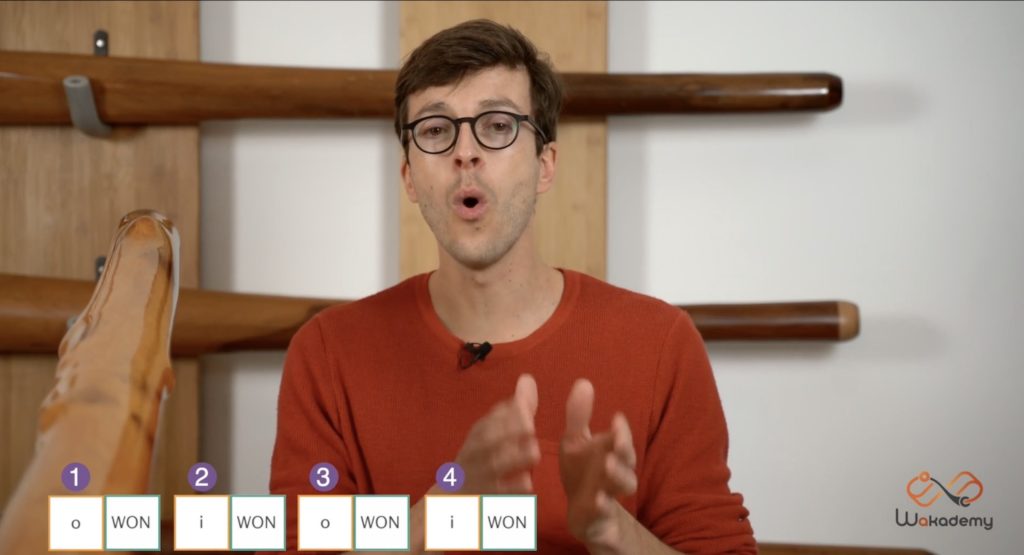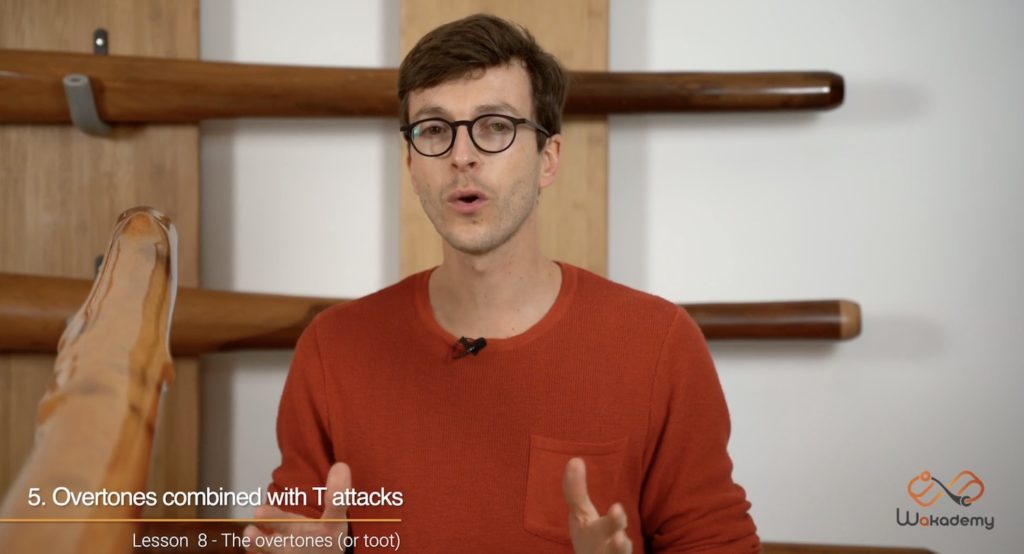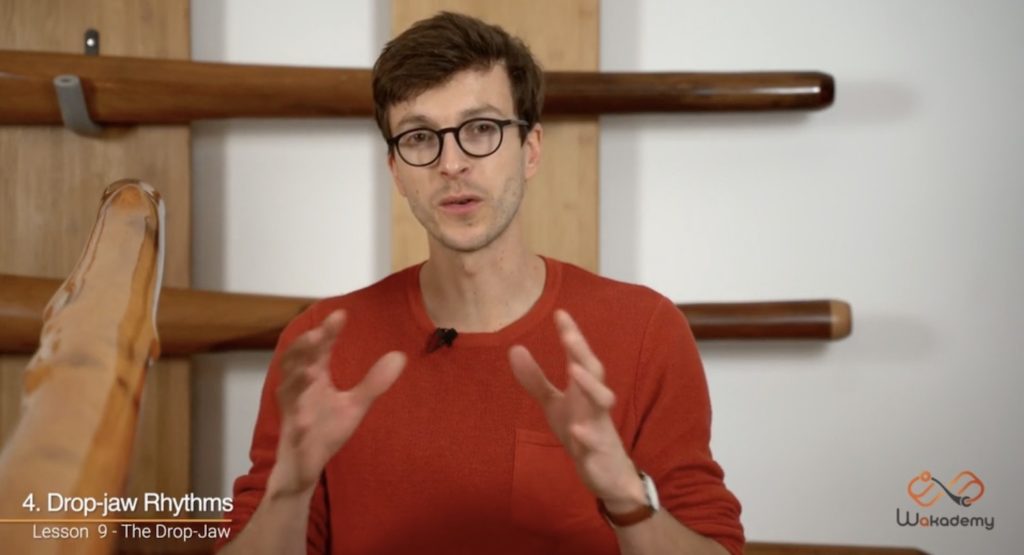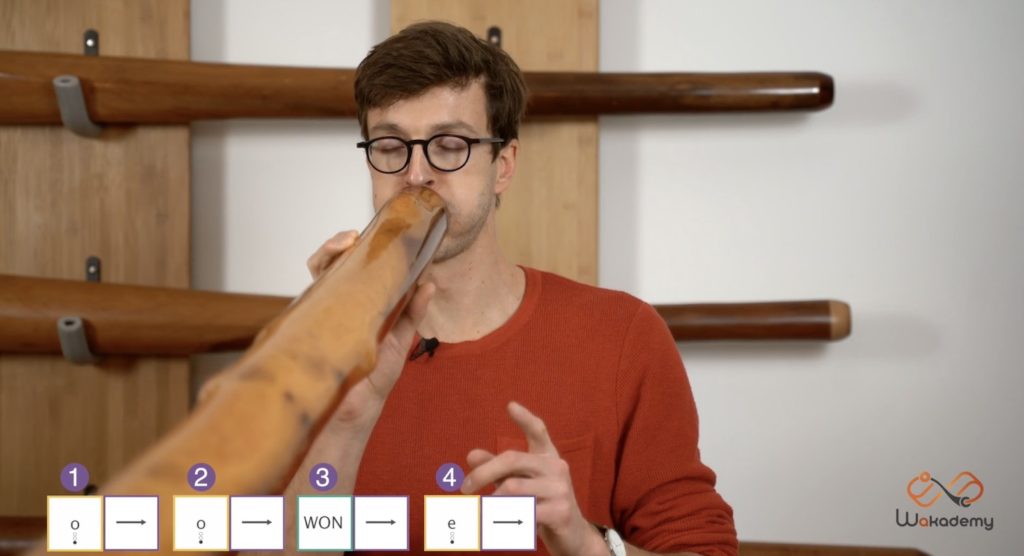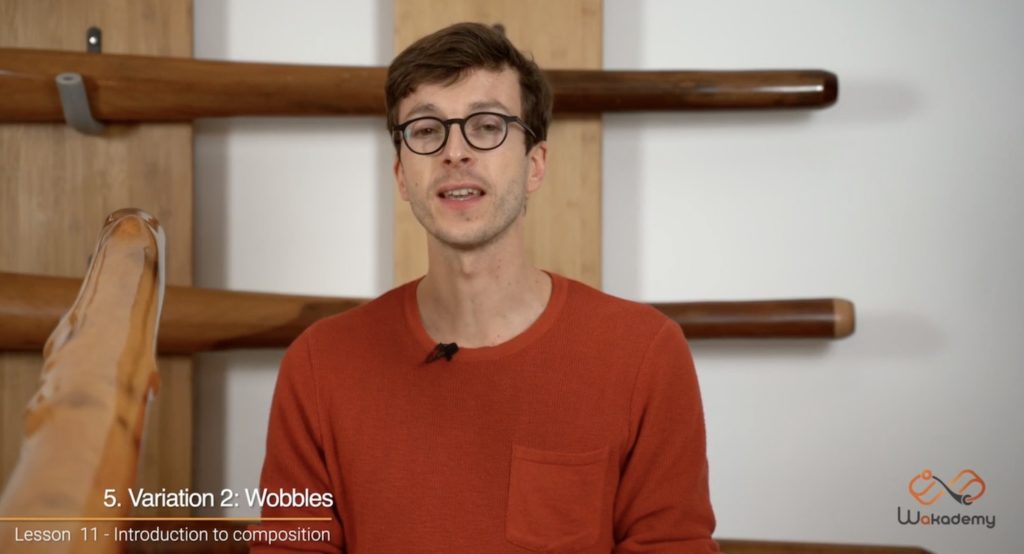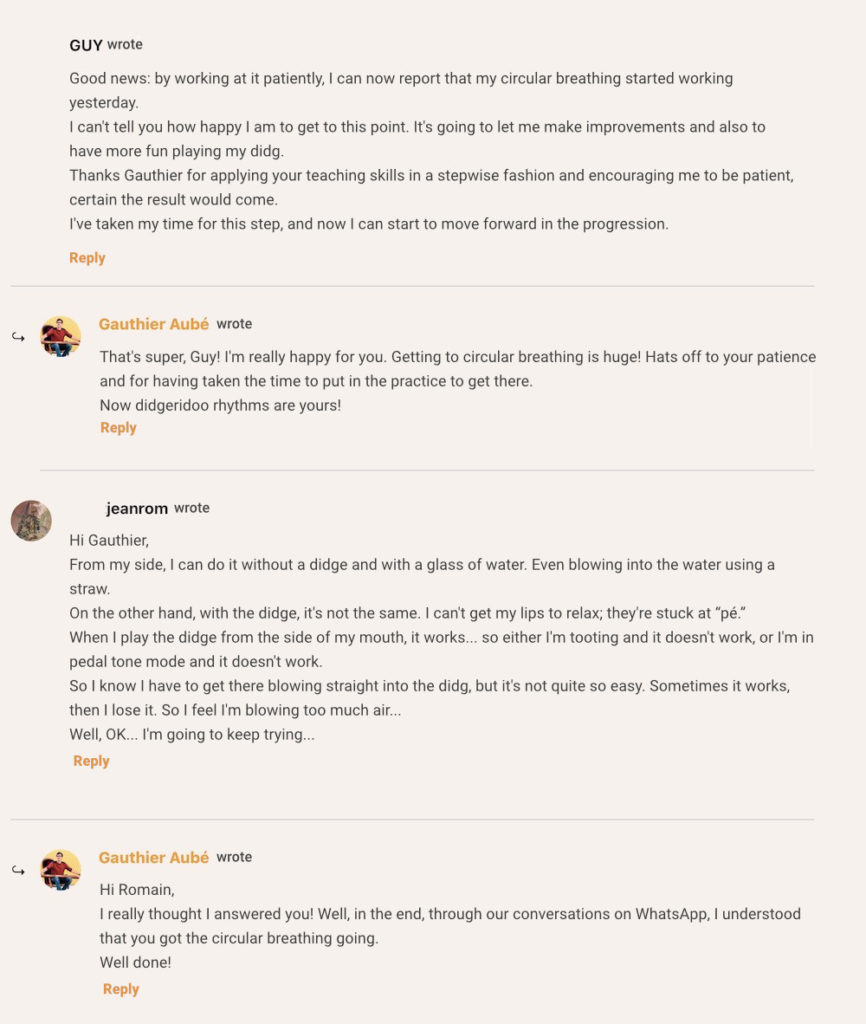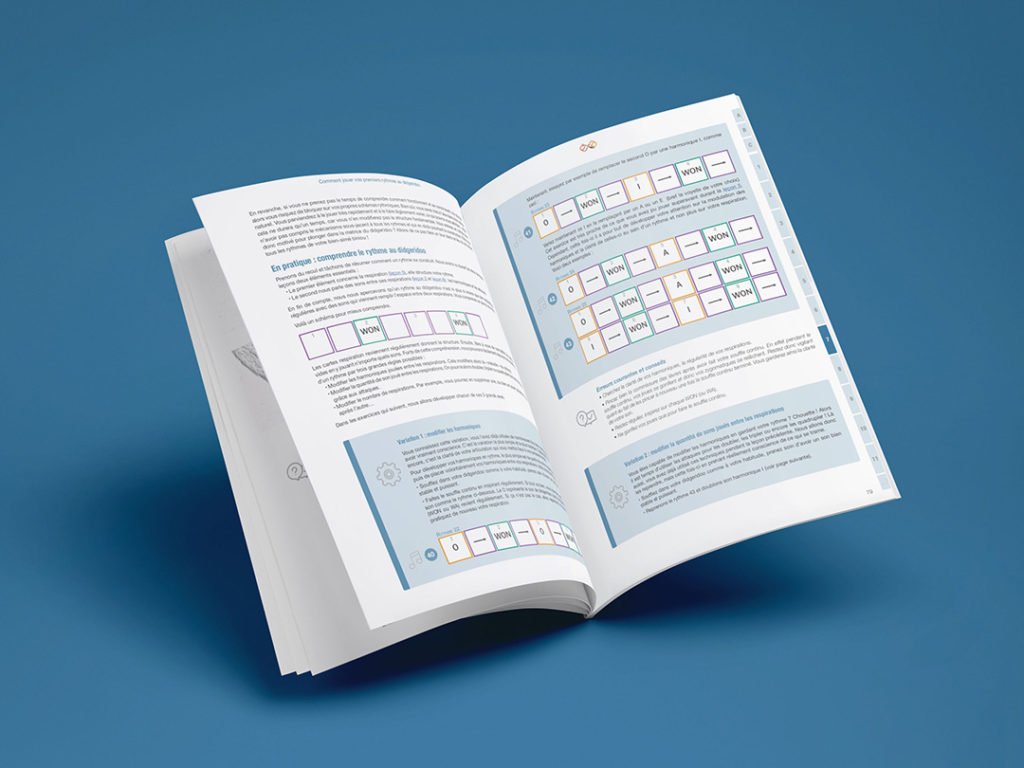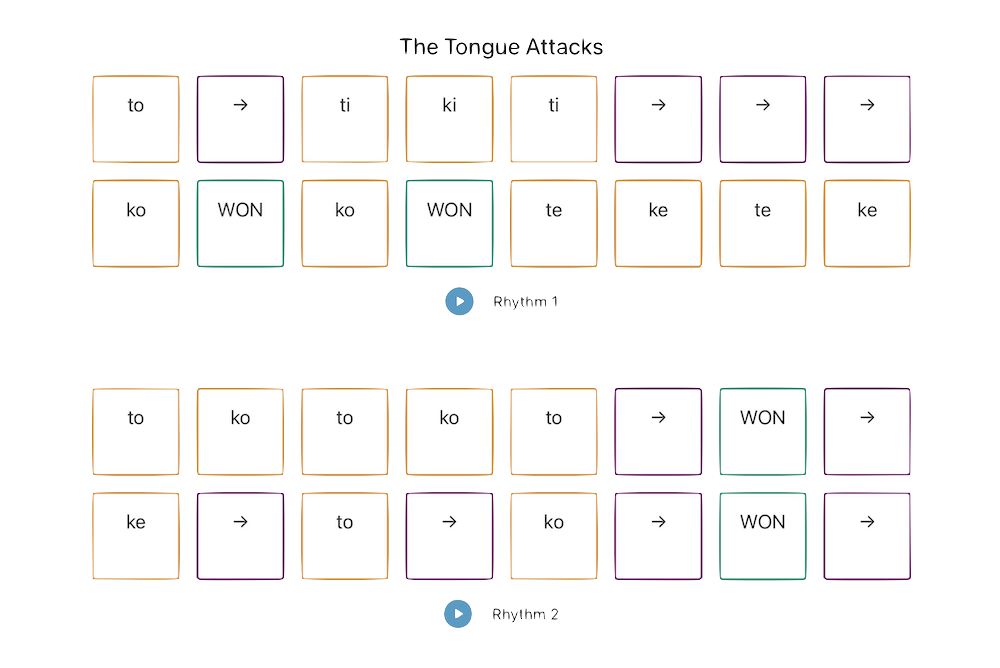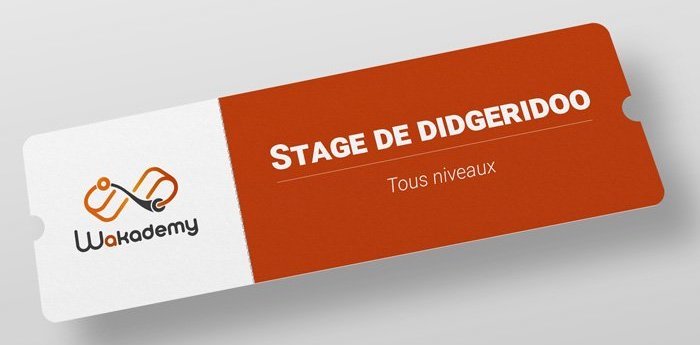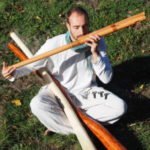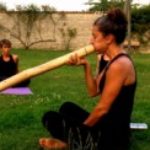The key that opens all the doors: body awareness
Most of the time, the sounds coming out of a didgeridoo seem so mysterious, ethereal and organic that we give up trying to understand what’s happening… In reality, the sounds and effects are all tangible because they begin inside your own body!
Most didgeridoo techniques are invisible because most take place inside you. Thus you are going to have to learn to “turn the mental camera” onto yourself, particularly towards your insides to observe and feel what in fact is happening there.
All of my teaching is based on this single principle: body awareness.
By observing, you learn that what’s happening inside determines what you hear outside.
Tangibly, this means you’ll be able to achieve very precise sounds arising from simple articulations that are easy to imitate.
It’s a language unto itself.
Learning the didgeridoo is to learn a new “tongue.”
With the didgeridoo, there are no musical notes or scales to master. In their place we have onomatopoeia and syllables.
Together they form a common vocabulary.
Once you learn a few onomatopoeia, you only have to articulate them and string them together to create words, then phrases.
Considering didgeridoo sounds as a language, you will soon be able to enjoy the vibration, play some music, and spend time in a meditative state of well-being… Without counting a certain pride that comes from achieving that!
Because the good news is that as soon as you can say it, you’ll be able to play it.
As an example, this simple sequence of syllables make up a classic didgeridoo phrase:

First of all, articulate a TO and a KO, then make the WA sound by breathing in while expelling air with the cheeks, then articulate the last KO to finish.
You don't need to be a musician to start playing
You won’t need any prior musical training for the didgeridoo, whether in rhythms or theory, nor have an “ear for music”.
If you’re like me (and like a lot of other didgeridoo players), it’s very likely the didgeridoo will be your first foray into music.
In which case, welcome to the wonderful world of otherworldly sounds and pulsing rhythms!
I often mention it, but it bears repeating: before starting the didgeridoo, I was the anti-musician par excellence: no sense of rhythm, no ear … NONE of that!
And that’s why I always make a point of taking the time to explain things in a way that even I would have understood back then.
After all, if I succeeded, so can you.
Music can be learned. Don’t ever forget it.

